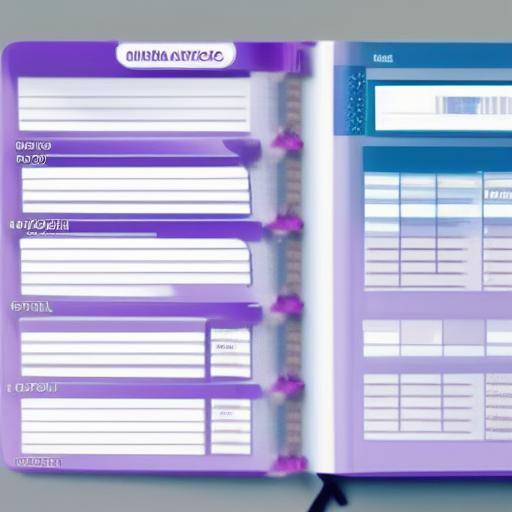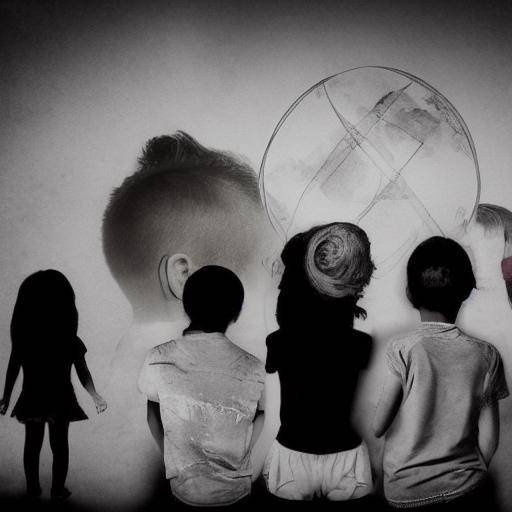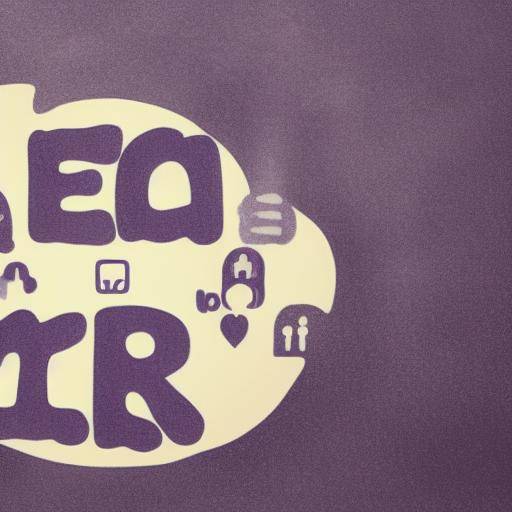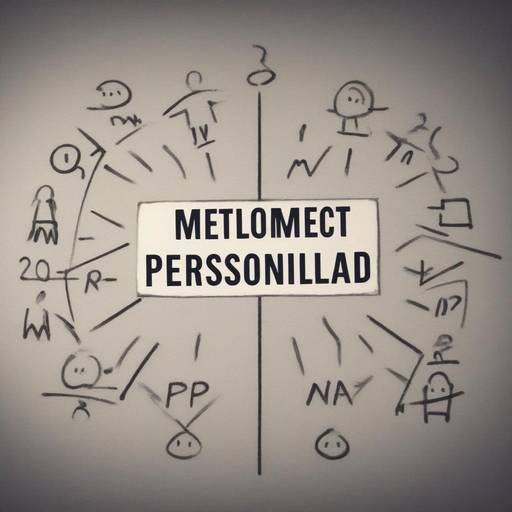
Positive reinforcement is a powerful tool in personal development. When combined with a system of rewards, it can generate extraordinary results. In this article, we will thoroughly explore positive reinforcement, its integration into a reward system and its impact on personal development. From its historical origins to future trends, this article will provide valuable information, best practices and examples applicable in different contexts.
Introduction
Positive reinforcement in a system of rewards is a strategy widely used in human behavior management. From educational environments to business organizations, their application leads to better performance, greater motivation and sustainable personal development. Throughout this article, we will explore the foundations, practical application and benefits of positive reinforcement in conjunction with a system of rewards.
History and Background
The concept of positive reinforcement dates back to the first theories of operating conditioning proposed by psychologist B.F. Skinner in the twentieth century. This theory is based on the idea that behavior can be moulded by the use of reinforcements, whether positive or negative. Over time, positive reinforcement has evolved from a purely behavioral approach to a comprehensive tool in behavior management.
Over the years, positive reinforcement has proven to be an effective strategy in a wide range of contexts, from parenting to team management in the working environment. Recognition and reward of desirable behaviours have proved to be more effective than punishment or criticism in shaping positive and sustainable behaviours.
Analysis in Deep
By integrating positive reinforcement into a reward system, significant results can be achieved both individually and collectively. Benefits include increased self-esteem, intrinsic motivation and improved performance. Studies have shown that proper use of positive reinforcements can generate lasting changes in behavior and foster sustainable personal growth.
However, there are challenges associated with the effective implementation of positive reinforcement in a reward system. It is crucial to find the right balance between the delivery of rewards and the promotion of intrinsic motivation. Furthermore, consistency and equity in the implementation of reinforcements are fundamental to their long-term effectiveness.
Comprehensive review
The integration of positive reinforcement into a reward system requires a strategic and informed approach. Individual needs and group dynamics should be considered to ensure that the system is equitable and motivates all participants. Collaboration between team leaders and members is essential to identify what kind of rewards will resonate better and promote meaningful personal development.
As society evolves, the dynamics of rewards and positive reinforcements are also transformed. Understanding current trends and best practices in this area is essential for developing effective and relevant systems in diverse environments.
Comparative analysis
By comparing positive reinforcement, the reward system and personal development, significant connections are revealed. Positive reinforcement acts as a driving force for personal development by recognizing and rewarding desirable behaviors. In turn, an effective reward system can enhance the impact of positive reinforcement by establishing a structured framework for its application.
Practical Tips and Accessible Recommendations
To successfully implement positive reinforcement in a reward system, it is essential to design a clear and equitable system that promotes personal growth and reinforces desirable habits. Some practical councils include setting clear criteria for the delivery of rewards, involving participants in the definition of goals and rewards, and fostering an environment of support and mutual recognition.
Industry Perspectives and Expert Reviews
Experts in the field of personal development and behaviour management offer valuable insights on the implementation of positive reinforcement in a reward system. Their views and experiences provide a deeper understanding of the complexities involved and the results obtained in various situations.
Case Studies and Practical Applications
Case studies that highlight the successful implementation of positive reinforcement in reward systems in different environments offer tangible examples of their impact. Analyzing real cases helps identify patterns, common challenges and effective approaches that can serve as inspiration for new applications.
Future Trends and Predictions
The panorama of positive reinforcement, the system of rewards and personal development is constantly evolving. There are emerging trends that reflect a more holistic and individualized approach in the implementation of these strategies. Future predictions suggest greater emphasis on the customization and integration of innovative technologies to enhance the effectiveness of reward systems and personal development.
Conclusion
Positive reinforcement in a reward system is a powerful tool for personal development that has demonstrated significant benefits in a variety of contexts. By understanding their foundations, challenges and practical applications, individuals and organizations can leverage their transformative potential to foster growth, motivation and performance.
Frequently asked questions
What is the difference between positive and negative reinforcement?
Positive reinforcement involves the delivery of rewards or the reinforcement of desirable behavior, while negative reinforcement implies the elimination of an undesirable consequence to strengthen behavior.
How can positive reinforcement be applied in the field of education?
Positive reinforcement in the field of education can be implemented through recognition and reward of academic achievements, active participation in class or exemplary behavior.
What challenges can arise when implementing a system of rewards in a working environment?
Some common challenges include equity in the distribution of rewards, alignment of rewards with organizational goals and long-term sustainability of the reward system.
What is the role of personal development in the implementation of positive reinforcement in a reward system?
Personal development plays a crucial role in promoting self-consciousness, self-determination and self-surrection, which in turn impacts on the effectiveness and significance of rewards.
How can intrinsic motivation be maintained by using positive reinforcements in a reward system?
The creation of a support environment, the promotion of significant personal goals and constructive feedback are key elements for maintaining intrinsic motivation.
What are future trends in integrating positive reinforcement into reward systems?
There is an inclination towards more personalized systems, the integration of data tracking and analysis technologies, and a more holistic approach that encompasses emotional well-being and mental health.
We hope that this article has provided you with an enriching understanding of the use of positive reinforcement in a reward system and its impact on personal development!






















































